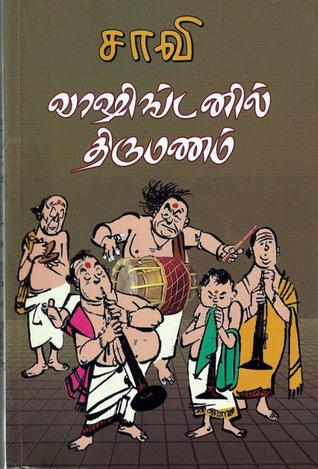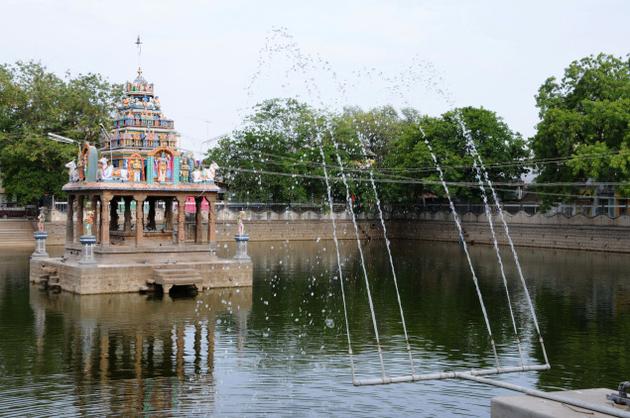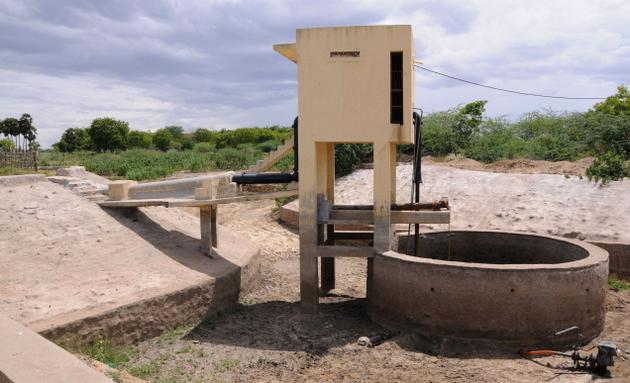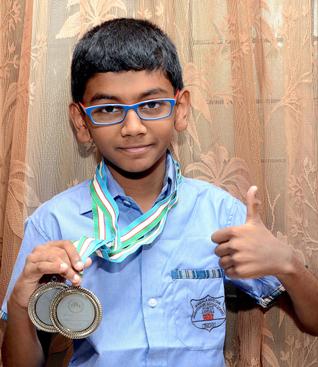A golden wedding anniversary had passed silently by and nobody noticed. I allude to that of Rukmini and Rajagopalan, which took place, as I see from the invitation card, on April 29, 1963.

A golden wedding anniversary had passed silently by and nobody noticed. I allude to that of Rukmini and Rajagopalan, which took place, as I see from the invitation card, on April 29, 1963. I am assuming that the couple had a happy married life and were still around to celebrate the 50 anniversary of tying the knot.
What is all this you ask. And what is so unusual about a Tambrahm wedding that happened 51 years ago? Well, in the first place, it took place in Washington, a rather unusual location for those times. And secondly, considering that it took place in an era when media was in its infancy and the Internet was something that the army used, thousands of Tamils followed the build up to the actual event with bated breath all across the world.
Those belonging to that era would have caught my drift. Those who came in later will need explanatory notes and here they are – it was in 1963 that the well-known Tamil writer, humourist and editor of the magazine Dinamani Kadir, Sa Viswanathan (Saavi) embarked on his entirely fictitious account of a Tambrahm wedding in Washington, courtesy the wealthy Mrs. Rockefeller.
The plot in brief is like this – the well-to-do Hopes family based out of New York is extremely close to the Murthy family, whose head works for the UNESCO. From Vasantha, the Murthy daughter, Loretta, the Hopes child, hears about the wonders of India. When Vasantha gets married in Thanjavur, the Hopes come down and participate in a full-length wedding.
Back in the US, the Hopes brief Mrs Rockefeller about the wondrous Tambrahm wedding and she is keen to see one; not by herself but in the company of all her family and friends. She therefore, using the good offices of Murthy, selects a South Indian couple who are to be married in Madras, to come over the US. They are of course accompanied by their respective clans, an assortment of cooks, priests, musicians (Ariyakkudi, Lalgudi and Palghat Mani Iyer) and nagaswaram artistes, countless other service providers and above all, a battalion of Mamis who are brought in to make appalams.
What follows is a grand wedding at R Street, Washington DC. Wielding a facile pen, Saavi created a hilarious account of how a Brahmin wedding is organised, contrasting it with the wonderment of the Americans. As you read it, you also get the feeling that Saavi was laughing at us. The story when serialised, was accompanied by the sketches of veteran Gopulu, making for a big hit. Alliance Publishers later released it as a book, which is still in print.
Washingtonil Tirumanam became a successful play, staged by every sabha in the city. Making his theatrical debut in it was Poornam Viswanathan. The highlight was the audience participating in the traditional procession accompanying the bridegroom, conducted every evening around the venue.
51 years later, Washingtonil Tirumanam remains evergreen – a testimony to Saavi, and our weddings that keep getting bigger.
source: http://www.thehindu.com / The Hindu / Home> Features> MetroPlus> Society / by Sriram. V. / Chennai – July 18th, 2014



